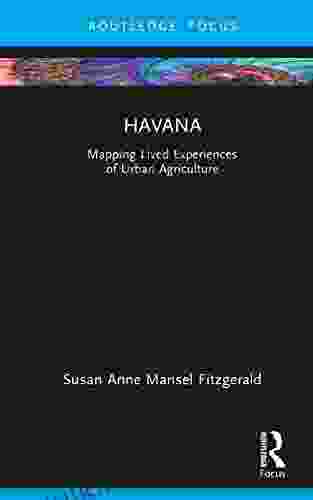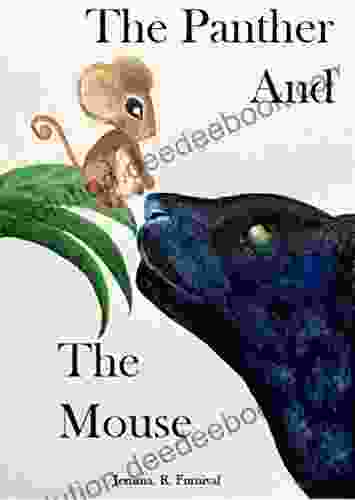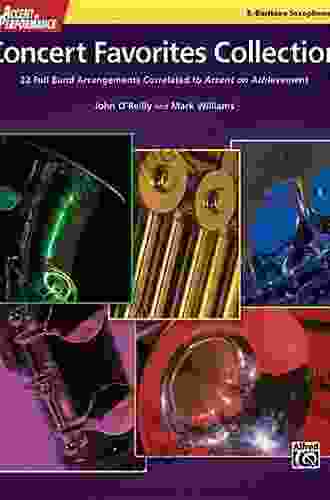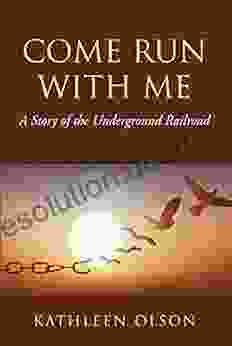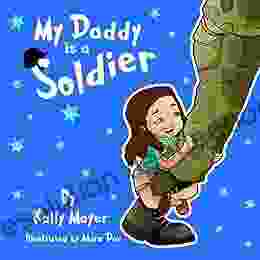Mapping Lived Experiences of Urban Agriculture in the Built Environment: A City Studies Approach

5 out of 5
| Language | : | English |
| File size | : | 18559 KB |
| Text-to-Speech | : | Enabled |
| Screen Reader | : | Supported |
| Enhanced typesetting | : | Enabled |
| Word Wise | : | Enabled |
| Print length | : | 289 pages |
Urban agriculture is a growing global trend, and as cities densify, finding ways to integrate agriculture into the built environment is increasingly important. Urban agriculture can provide a range of benefits to cities and their residents, including improved food security, increased social interaction, and enhanced well-being. However, there are also a number of challenges associated with urban agriculture in the built environment, including limited access to land, water, and sunlight; conflicts with other land uses; and safety concerns.
This article explores the lived experiences of urban agriculture in the built environment through a city studies approach. We draw on research from Baltimore, MD and Christchurch, NZ to examine how urban agriculture is practiced in these cities, and what the benefits and challenges are for residents. We conclude by arguing for the need for more research on urban agriculture in the built environment, and for the development of policies and programs that support this important practice.
Urban Agriculture in the Built Environment
Urban agriculture is the practice of growing food in cities. It can take many different forms, from small-scale rooftop gardens to large-scale community gardens. Urban agriculture can be practiced in a variety of spaces, including rooftops, backyards, vacant lots, and even public parks.
There are a number of reasons why people choose to practice urban agriculture. Some people are motivated by a desire to grow their own food and reduce their reliance on the industrial food system. Others are motivated by a desire to connect with nature and their community. Still others are motivated by a desire to improve their health and well-being.
Urban agriculture can provide a range of benefits to cities and their residents. These benefits include:
* Improved food security: Urban agriculture can help to improve food security by providing residents with access to fresh, affordable food. This is especially important in low-income communities, which often have limited access to healthy food options. * Increased social interaction: Urban agriculture can help to increase social interaction and build community. Community gardens, in particular, can provide a space for people to come together and socialize. * Enhanced well-being: Urban agriculture can help to enhance well-being by providing people with opportunities for physical activity, stress relief, and social connection. Gardening has been shown to have a number of positive health benefits, including reducing stress, improving mood, and boosting the immune system.
However, there are also a number of challenges associated with urban agriculture in the built environment. These challenges include:
* Limited access to land: Land is a scarce resource in cities, and this can make it difficult to find space for urban agriculture. This is especially true in low-income communities, which often have limited access to green space. * Limited access to water: Water is another scarce resource in cities, and this can make it difficult to water urban gardens. This is especially true in arid climates. * Limited access to sunlight: Sunlight is essential for plant growth, and this can be a challenge in cities, where buildings and other structures can block sunlight. * Conflicts with other land uses: Urban agriculture can sometimes conflict with other land uses, such as housing, commercial development, and transportation. This is especially true in dense urban areas. * Safety concerns: Urban agriculture can sometimes pose safety concerns, such as exposure to traffic, crime, and pests. This is especially true in low-income communities, which often have high crime rates.
Research on Urban Agriculture in the Built Environment
There is a growing body of research on urban agriculture in the built environment. This research has examined a variety of topics, including the benefits and challenges of urban agriculture, the different forms of urban agriculture, and the policies and programs that can support urban agriculture.
One of the most comprehensive studies on urban agriculture in the built environment was conducted by the University of California, Davis. This study examined the benefits and challenges of urban agriculture in five cities: Baltimore, MD; Chicago, IL; Detroit, MI; Los Angeles, CA; and New York, NY. The study found that urban agriculture can provide a range of benefits to cities and their residents, but that there are also a number of challenges associated with urban agriculture in the built environment.
Another study, conducted by the University of British Columbia, examined the different forms of urban agriculture in Vancouver, BC. This study found that urban agriculture takes many different forms in Vancouver, and that the most common forms of urban agriculture are community gardens, rooftop gardens, and backyard gardens.
A third study, conducted by the University of Washington, examined the policies and programs that can support urban agriculture in the built environment. This study found that a variety of policies and programs can support urban agriculture, including zoning regulations, tax incentives, and technical assistance programs.
Urban agriculture is a growing global trend, and as cities densify, finding ways to integrate agriculture into the built environment is increasingly important. Urban agriculture can provide a range of benefits to cities and their residents, including improved food security, increased social interaction, and enhanced well-being. However, there are also a number of challenges associated with urban agriculture in the built environment, including limited access to land, water, and sunlight; conflicts with other land uses; and safety concerns.
More research is needed on urban agriculture in the built environment, and on the policies and programs that can support this important practice. By working together, researchers, policymakers, and community members can create a more sustainable and just food system for all.
5 out of 5
| Language | : | English |
| File size | : | 18559 KB |
| Text-to-Speech | : | Enabled |
| Screen Reader | : | Supported |
| Enhanced typesetting | : | Enabled |
| Word Wise | : | Enabled |
| Print length | : | 289 pages |
Do you want to contribute by writing guest posts on this blog?
Please contact us and send us a resume of previous articles that you have written.
 Novel
Novel Page
Page Text
Text Story
Story Genre
Genre Reader
Reader Sentence
Sentence Bookmark
Bookmark Shelf
Shelf Preface
Preface Annotation
Annotation Footnote
Footnote Manuscript
Manuscript Classics
Classics Library card
Library card Memoir
Memoir Reference
Reference Dictionary
Dictionary Thesaurus
Thesaurus Character
Character Resolution
Resolution Card Catalog
Card Catalog Stacks
Stacks Archives
Archives Periodicals
Periodicals Study
Study Scholarly
Scholarly Lending
Lending Academic
Academic Journals
Journals Reading Room
Reading Room Interlibrary
Interlibrary Thesis
Thesis Dissertation
Dissertation Storytelling
Storytelling Awards
Awards Reading List
Reading List Book Club
Book Club Theory
Theory Textbooks
Textbooks Loredana Abramo
Loredana Abramo Paul Calore
Paul Calore J S Latshaw
J S Latshaw Matthew Corozine
Matthew Corozine Alastair Heim
Alastair Heim Alex Poppe
Alex Poppe Craig Harris
Craig Harris Fintan Walsh
Fintan Walsh Dee Norris
Dee Norris Stephen F Knott
Stephen F Knott Dean Young
Dean Young Yolanda Sealey Ruiz
Yolanda Sealey Ruiz Peter O Neil
Peter O Neil Dhiresh Kumar Maharjan
Dhiresh Kumar Maharjan Catherine Althaus
Catherine Althaus Jordan Adler
Jordan Adler Jerome R Corsi
Jerome R Corsi Thomas F Sheridan
Thomas F Sheridan Chuck Thompson
Chuck Thompson Matthew Davis
Matthew Davis
Light bulbAdvertise smarter! Our strategic ad space ensures maximum exposure. Reserve your spot today!
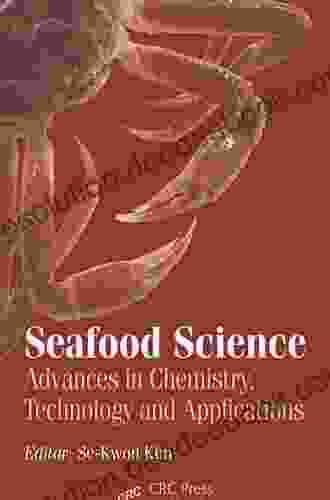
 Francis TurnerSeafood Science Advances: Exploring Chemistry, Technology, and Applications
Francis TurnerSeafood Science Advances: Exploring Chemistry, Technology, and Applications
 Jaylen MitchellUnlocking the Fun in Maths: A Comprehensive Guide to General Arithmetic for...
Jaylen MitchellUnlocking the Fun in Maths: A Comprehensive Guide to General Arithmetic for... Frank MitchellFollow ·14.4k
Frank MitchellFollow ·14.4k Jaden CoxFollow ·6.3k
Jaden CoxFollow ·6.3k Juan RulfoFollow ·4.2k
Juan RulfoFollow ·4.2k Kevin TurnerFollow ·16.9k
Kevin TurnerFollow ·16.9k Jack PowellFollow ·13.1k
Jack PowellFollow ·13.1k Felix HayesFollow ·8.8k
Felix HayesFollow ·8.8k Christian CarterFollow ·18.9k
Christian CarterFollow ·18.9k Eli BrooksFollow ·3.9k
Eli BrooksFollow ·3.9k
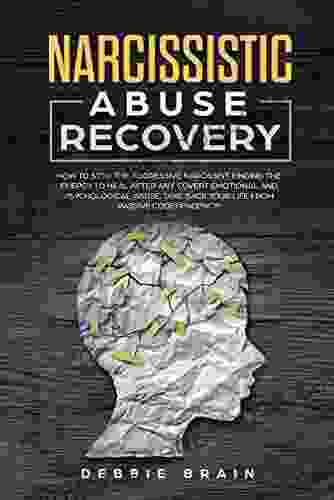
 Billy Foster
Billy FosterHow to Stop the Aggressive Narcissist: Finding the Energy...
Understanding...

 Cortez Reed
Cortez ReedThe Butcher of Hooper Creek: The Notorious Life of...
In the rugged and unforgiving Canadian...
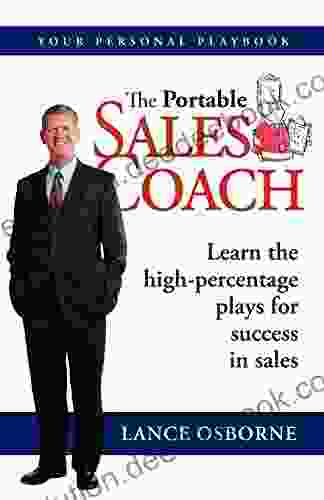
 Charles Reed
Charles ReedThe Portable Sales Coach: Your Comprehensive Guide to...
Discover the Sales Mastery...
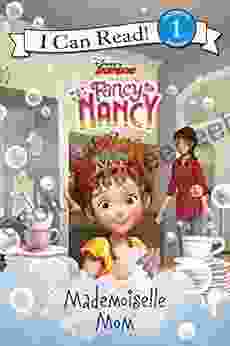
 Jack Butler
Jack ButlerMeet Nancy Clancy, the Feisty and Fabulous Disney Junior...
In a vibrant world where...

 Francis Turner
Francis TurnerChaos Response: The Letter Harmony And Chaos
In the beginning, there was...
5 out of 5
| Language | : | English |
| File size | : | 18559 KB |
| Text-to-Speech | : | Enabled |
| Screen Reader | : | Supported |
| Enhanced typesetting | : | Enabled |
| Word Wise | : | Enabled |
| Print length | : | 289 pages |


